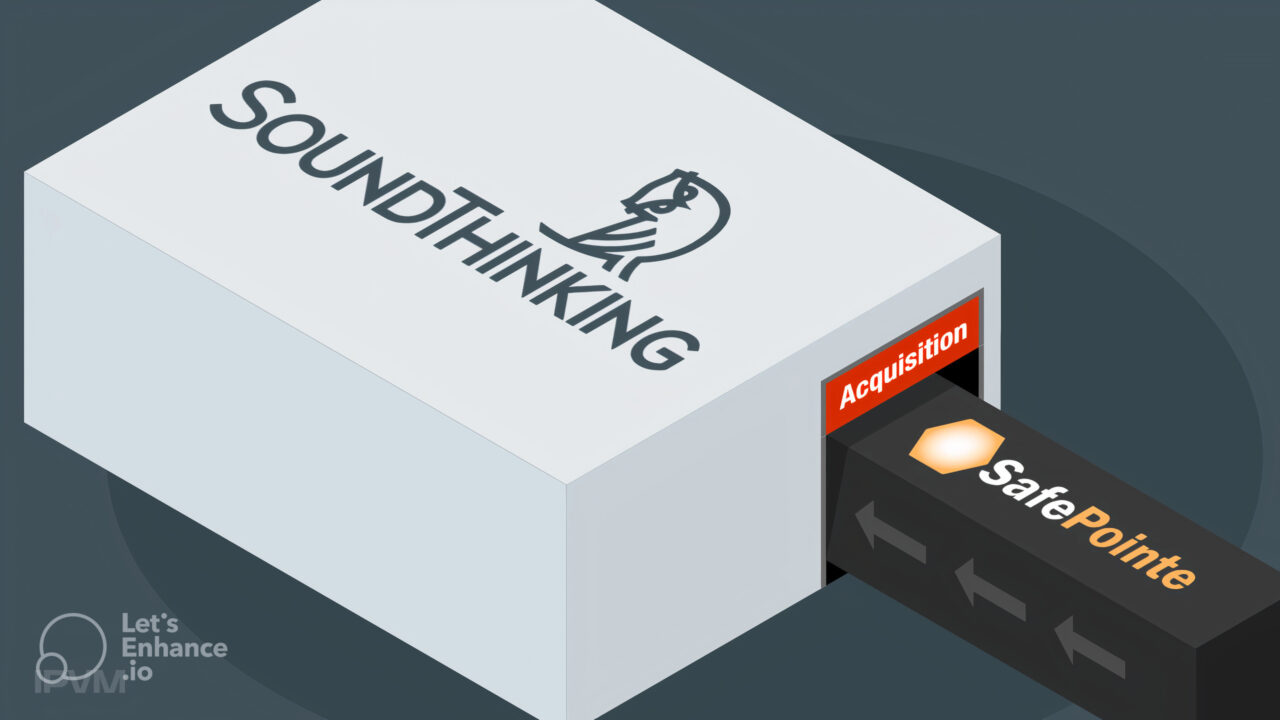How SafePointe Leveraged Non-Dilutive Capital for a Strategic Exit
Published on

This case study showcases SafePointe, a portfolio company that successfully exited by acquisition less than one year after securing venture debt capital from TIMIA.
Founded by father-son duo, Greg and Timothy Holifield, SafePointe is a next-generation, AI-based weapons detection system company, based in Florida.
The founders engaged TIMIA in September 2022 for a $1 million USD debt facility. The growth capital from TIMIA would help them reach a significant milestone just 12 months later when SafePointe was acquired by SoundThinking, Inc., a leading public safety technology firm listed on Nasdaq (SSTI).
The acquisition marked the Holifields’ fourth successful exit since their entrepreneurial journey began in 2010, showcasing their strategic use of non-dilutive capital to accelerate business growth and maximize valuations and founder value.
Background and Founders’ Journey
Greg and Timothy Holifield’s personal and professional partnership is rooted deeply in their family values. After spending 22 years on active duty overseas and missing significant family moments, including Timothy’s high school years, Greg appreciated the subsequent 14 years spent building successful businesses with his son.
This period not only strengthened their bond but also led to the creation and successful exits of four startups, the most recent of which is SafePointe.
The Road to Acquisition
Prior to engaging with TIMIA Capital, SafePointe had demonstrated modest revenue generation. Recognizing the need for strategic investments to scale their operations, the Holifields turned to TIMIA Capital for non-dilutive financing. This strategic decision allowed them to propel SafePointe to triple its monthly recurring revenue by the time of its acquisition.
“We had serious conversations with two other debt providers but TIMIA outclassed all of them from the size of their fund and how they are backed to the type of companies they support and the great terms they offered,” said Greg.
Strategic Financing and Growth
SafePointe is a hardware-enabled software company. This means that while it is technically a SaaS business with recurring revenue, there is also a hardware component that powers the software.
As a bootstrapped company, this model becomes an issue when hardware costs are embedded into the licenses fees. The cost of financing the hardware and setup can hamper growth due to the capital costs of the hardware. Because of this, SafePointe faced challenges with heavy accounts receivable lines and a lack of working capital to fund new contracts.
“Due to the nature of our business, we needed to be slightly oversized in terms of capital capacity. Cash was critical to maintain our growth rate in order to ensure a successful exit,” said Greg.
SafePointe’s founders had learned lessons from a similar situation with a previous startup. At that time, they negotiated a range of terms with banks to secure the necessary funds to deliver on a $4 million government contract. This experience with various financial instruments prepared them to effectively use TIMIA’s non-dilutive capital to scale their operations quickly without diluting equity before an exit.
“TIMIA had all the characteristics of a beautiful regional bank we’d worked with in the past. They understand our type of growth, the kind of customers that we have, the recurring revenue, etc. They were a pleasure to work with,” said Greg.
With TIMIA’s investment — taken in three separate disbursements — SafePointe could invest in the hardware required to serve new customers and significantly boost its market penetration and operational capabilities.
“The timeline on our last disbursement was really tight. Everyone at TIMIA was focused on making it happen for us. They really invested time in understanding how we operate and getting it over the line in time for it to make a material difference to our exit deal,” said Greg.
Comparing the Cost of Capital
The biggest challenge the Holifields had in securing capital from TIMIA was changing misconceptions some investors and board members held about debt.
“They think the interest rate is too high, but when there are no warrants associated with debt, it is truly fantastic money — and much cheaper than equity. I love this class of debt,” said Greg.
SafePointe took some equity-based capital at the same time as they secured debt from TIMIA. In the end, the equity capital providers made 10X on their investment in just nine months. TIMIA’s capital cost just a fraction of the equity capital in the end.
Post-Acquisition Prospects for SafePointe
Following the acquisition by SoundThinking, SafePointe was integrated into a larger suite of public safety solutions.
Timothy remains actively involved on the executive team, helping to steer the next phase of technology development and integration within SoundThinking’s ecosystem. The acquisition not only provided a successful financial exit but also ensured that SafePointe’s innovative technology continued to grow and evolve.
SafePointe is expected to grow considerably over the coming years as the company capitalizes on the underserved $20 billion global weapons detection market.
What’s Next for the Holifields
Reflecting on their journey, the Holifields expressed immense satisfaction with their decision to partner with TIMIA. The non-dilutive capital not only facilitated immediate growth but also aligned perfectly with their financial strategies, enabling a lucrative exit without the burden of heavy equity dilution.
“Thanks to TIMIA, this has been the most satisfying exit process that we have ever had,” said Greg.
As for what lies ahead, Greg thinks he may have the time and energy for one more startup before retirement. Whatever he does next, he intends to bootstrap once again and bring in some debt capital when the time is right.
Conclusion
This case study demonstrates how strategic financial planning and a deep understanding of growth levers can significantly enhance a company’s trajectory towards a successful exit, making SafePointe a model for other tech startups, particularly those that have expensive customer hardware investments that affect working capital.
Back to top


